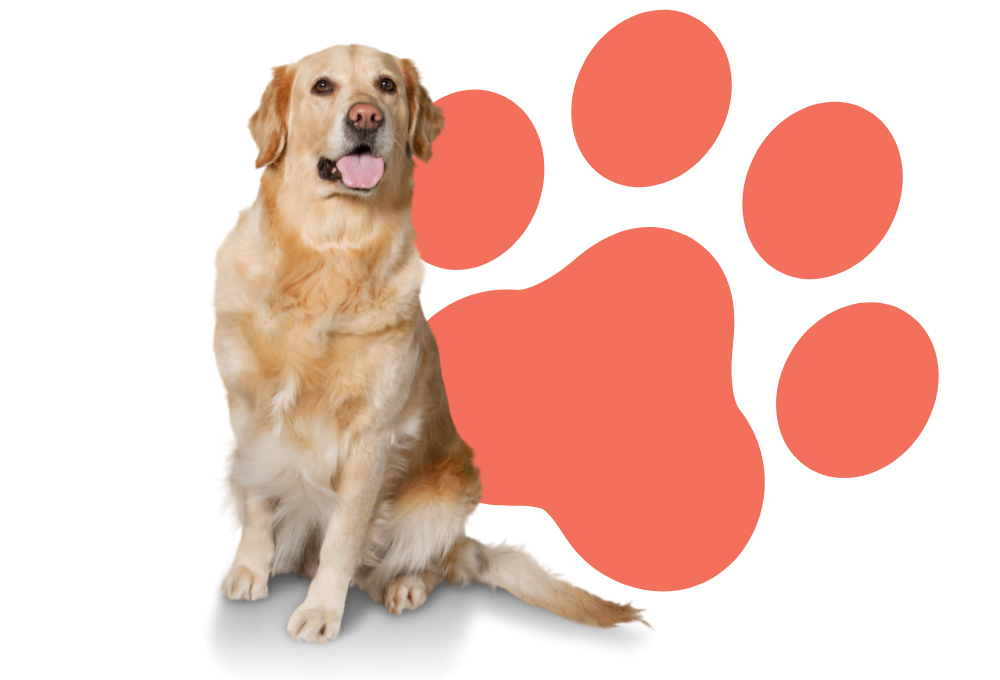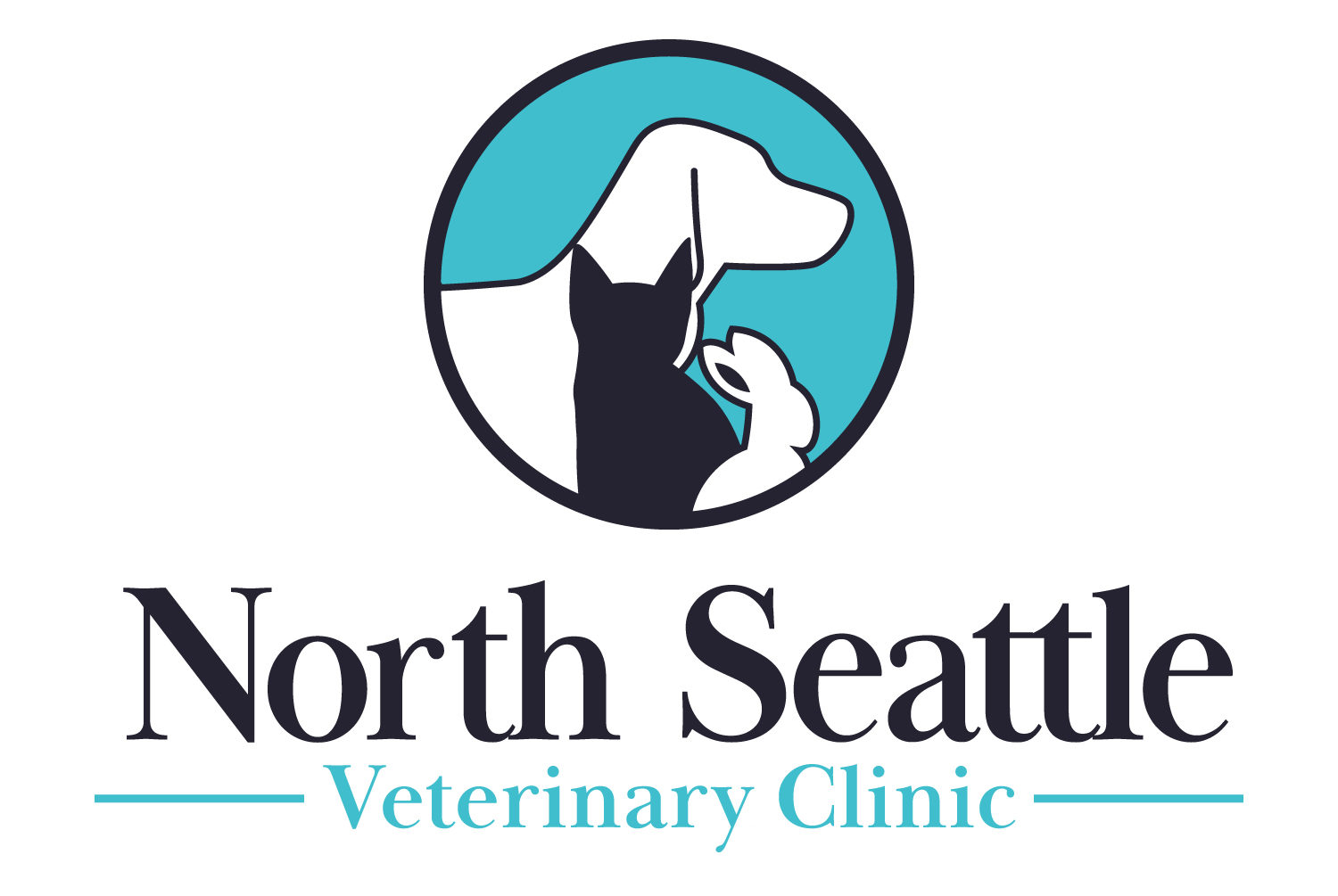Anesthesia Expectations
We consider you and your pets family and look forward to meeting you and your pet.

Anesthesia Expectations
What to expect when your dog or cat receives anesthesia
Your pet is having a procedure that requires general anesthesia. Anesthesia allows us to perform procedures that would be painful, stressful, or otherwise not possible if your pet was awake. We understand that anesthesia can be scary and intimidating to many people. To help ease these worries we have created this general description of the anesthetic process to outline the processes we have here at North Seattle Vet. The specifics can vary depending on the patient and the procedure being performed. Each pet is an individual with specific needs, so all anesthetic protocols are tailored to each specific patient.
You will receive a final confirmation email a week prior to your scheduled procedure appointment. This email will contain another copy of the cost estimate, outline instructions, check-in time, and a link to fill out anesthetic consent forms online. We will also call the night before to confirm all this information. You may contact the clinic anytime before the procedure with questions or concerns.
The night before
Your pet will likely be prescribed pre-anesthetic medications called a “comfort pack”. These are medications to reduce nausea, prevent pain, and provide mild sedation. If your pet is anxious, has ongoing medical conditions, or is a brachycephalic animal (flat-faced i.e., Pug, Frenchie, Persian), they may be prescribed additional medications. Give all medications as instructed. If your pet gets other regular medications, they should get them as prescribed the night before the procedure unless you were told otherwise. If you have questions about a specific medication, please contact the clinic.
Your pet can eat until 9 pm the night before the procedure. After 9 pm, they should not have any more food. There are rare exceptions to this recommendation that will be communicated to you if they apply to your pet. Your pet should have access to water until they are dropped off at the clinic.
The morning of the procedure
The morning of the procedure your pet should not have breakfast. If needed, you can use a very small amount of food (1 tsp or less) to give the pre-anesthetic medications. If your pet receives regular morning medications, consult with the medical staff prior to giving them.
Your confirmation email will provide a specific time to drop off your pet. To expedite the check in process, we request that you fill out the forms online from the link we provided in the email. When you arrive at the clinic, a receptionist will confirm online paperwork submission or give you paperwork to complete and you will then meet with a technician to go over the surgical plan and discuss any concerns that you might have. The check-in process takes approximately 10-15 minutes.
Sedation and induction
The clinic usually has multiple anesthetic procedures each day. We base the order of the procedures on urgency, species, and how long a procedure or recovery is expected to take. At check-in, the technician will try to give you an idea of when the surgery is likely to happen, but it can change based on events of the day at the clinic. We will try to update you throughout the day with what is happening with your pet.
When it is your pet’s turn, they will be given a sedative to relax them. This sedative is usually given as an injection into the muscle. When they are sedate enough, an intravenous (IV) catheter is placed in one of the limbs. These IV catheters allow us to give medications quickly and to give supportive fluids throughout the procedure. We must shave a small area of the limb to place the IV, so your pet will have shaved area(s) on their leg(s).
Anesthesia is usually initiated with a drug given intravenously. These drugs act rapidly and make your pet extremely sleepy, very quickly. When your pet is sleepy enough, an endotracheal tube is placed in their airway to protect it and to allow anesthesia to be continued with a gas anesthetic for the rest of the procedure.
During anesthesia, your pet is monitored by a dedicated technician whose only job is to make sure that your pet is asleep, stable and pain-free under anesthesia. The technician monitors the same sort of parameters as if a human were having surgery including heart rate, respiratory rate, blood pressure, EKG, pulse oximetry, and capnography.
Recovery
When the procedure is complete, anesthesia will be discontinued, and your pet will be recovered. The endotracheal tube is left in place until the patient is breathing easily on their own and starting to swallow and move. When the patient is awake enough, they are transferred to a recovery kennel where they will continue to be monitored. It generally takes several hours before a dog or cat is awake enough to go home.
After the procedure, you will be contacted by a veterinarian or technician with an update and to schedule the discharge appointment.
Discharge
At your discharge appointment, you will meet with a technician to review what was done in the procedure and the after-care instructions. They will make sure that you have all the medications that you need and answer any questions you have. Depending on the procedure, your pet may be fitted with an e-collar (cone) to prevent them from licking at themselves. If you already have an e-collar at home, bring it with you when you drop off your pet for their procedure. We will confirm the sizing and make sure it is the appropriate type. Please follow all recommendations in the discharge instructions regarding how long to leave the e-collar on.
Some procedures may require a follow-up appointment to check incision sites, dental extraction sites or for suture removal. You will be instructed at discharge if and when you need to schedule that appointment.
The first 24 hours
The first 24 hours after surgery can be challenging for some pet parents. Some pain medications have side effects that can last for 8 to 12 hours in dogs and up to 24 hours in cats. The first 12 to 24 hours after the procedure, your pet might not act “normal” and could seem groggy or confused.
Here are some relatively typical behaviors after anesthesia:
- Sleepiness—This could be due to the medications they received.
- Decreased defecation —Many pets don’t have a bowel movement for 24 to 48 hours after an anesthetic procedure, especially if they did not receive food prior to the procedure.
- Lack of coordination—It’s not unusual for pets to have wobbly walking and jumbled jumping for a few hours, especially if they received potent pain medication.
- Whining—Don’t assume the worst if your pet is extra vocal for a little while. Some pets are very pain-sensitive, while others might just be disoriented from medication, or confused by the events of the day.
- Lack of appetite—Depending on the type of procedure or the medications used, some pets might need appetite stimulants or special food to regain their hunger.
When you take your pet home, set them up in a comfortable and familiar environment where they can be closely monitored. Keep the room relatively dimly lit to limit stimulus and allow them to rest. You will likely be instructed to offer food. When offering food, offer ½ of their normal food quantity. Do not be too concerned if your pet doesn’t eat the first night after a procedure.
You will receive additional discharge instructions that are tailored to the medical needs of your pet and the procedure that was performed. Those instructions will be reviewed with you by the technician at discharge. We will also call you the day after the procedure to see how your pet is doing and discuss any concerns you may have about their recovery.
As always, we welcome any questions you may have, and will work to help make your pet’s procedure as comfortable as possible for both you and your pet. Please do not hesitate to reach out to our office at any time. We know you have many options for veterinary services in Seattle and are so thankful you have entrusted us with your pet’s care.
